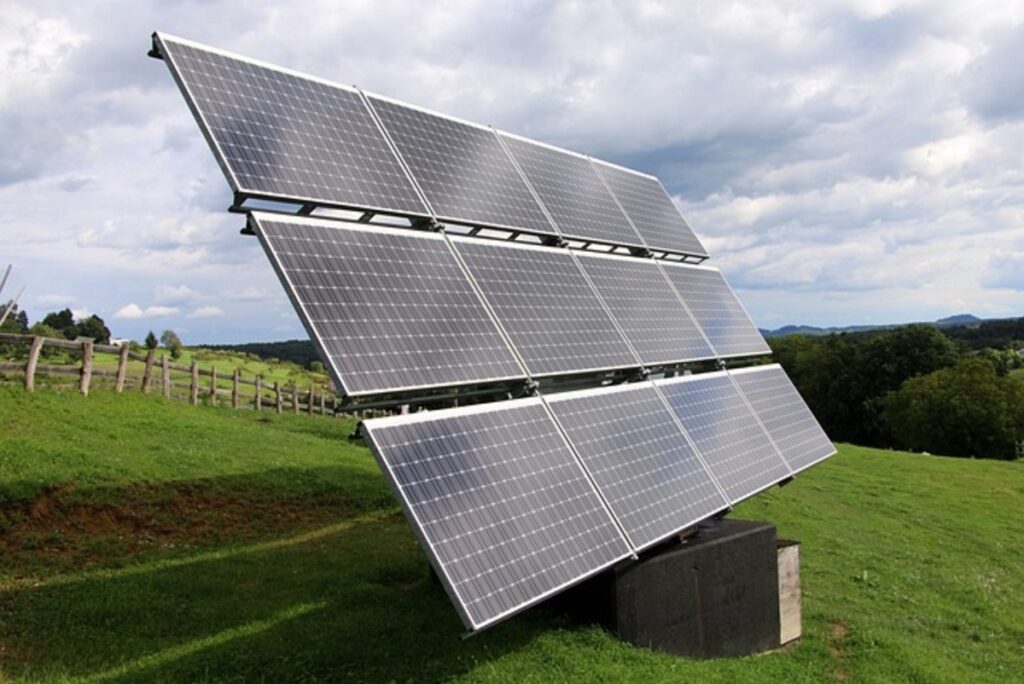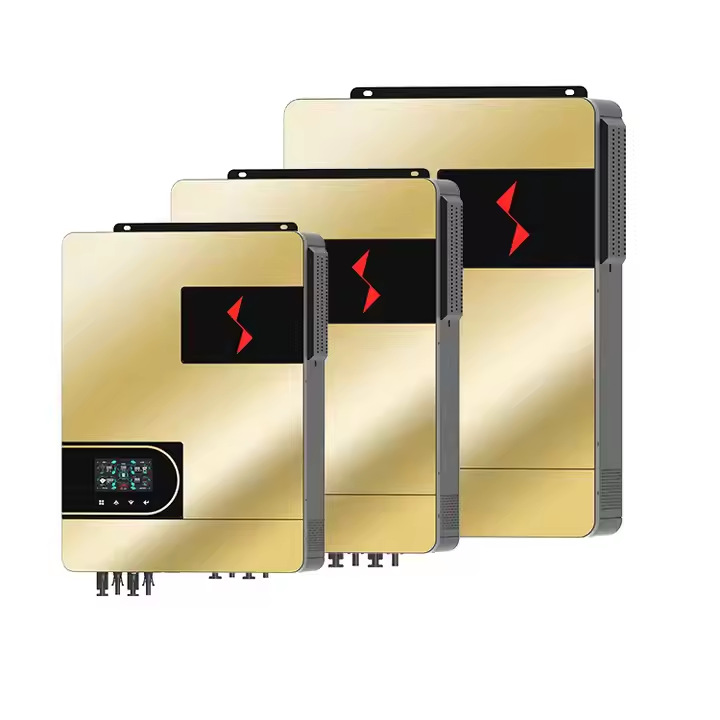Hybrid solar inverters represent the next leap in home energy technology by combining photovoltaic (PV) conversion, battery management, and grid interaction in one intelligent device. Today’s models leverage advanced MPPT algorithms, integrated storage, and IoT connectivity to maximize solar energy harvest, ensure seamless backup power, and optimize utility bill savings. As costs fall and features proliferate—like bidirectional EV integration and predictive maintenance—hybrid inverters are driving rapid adoption of resilient, efficient residential micro‑grids that empower homeowners with unprecedented control and autonomy over their energy use.
I. The Evolution of Residential Solar Inverters
From String Inverters to Fully Integrated Hybrids
Early home systems used separate string inverters for DC‑AC conversion and standalone charge controllers for battery charging. Modern hybrids unite these functions—alongside battery management—into a single compact unit. This consolidation reduces wiring complexity, harmonizes control logic, and cuts installation time.
Key Technological Milestones
Enhanced MPPT Tracking: New algorithms sample panel output hundreds of times per second, locking onto the true power peak under shading or cloud cover.
High‑Voltage Operation: Support for 1,500 VDC arrays allows longer strings and smaller balance‑of‑system components, driving down per‑watt costs.
Modular Form Factors: Plug‑and‑play “all‑in‑one” devices simplify system expansion, letting homeowners add panels or batteries without rewiring core components.
II. Core Benefits for Homeowners
1. Seamless Backup and Grid Interaction
Hybrid inverters automatically switch between grid‑tied, off‑grid, and battery backup modes. During a blackout, they isolate (“island”) essential loads—refrigerators, lighting, medical devices—without a manual transfer switch or diesel generator.
2. Maximized Self‑Consumption
By storing daytime surplus in batteries, homeowners can shift use to evening hours when grid rates are highest. This load‑shifting often boosts on‑site solar use from around 30 percent to over 70 percent, slashing utility bills.
3. Simplified System Design
Integrating conversion, storage, and smart controls into one chassis reduces the number of separate components. Installers appreciate fewer roof penetrations and streamlined commissioning, while homeowners enjoy a tidier equipment footprint.
III. Smart Features Driving the Revolution
Real‑Time Monitoring and Remote Management
Built‑in Wi‑Fi and cellular modules feed live data—PV output, battery state of charge, and load consumption—to smartphone apps. Firmware updates over the air keep features and security current without site visits.
Predictive Analytics and Self‑Healing
Edge‑computing engines analyze voltage, current, and temperature trends to forecast component wear or potential faults days in advance. Some inverters can auto‑adjust MPPT setpoints or temporarily isolate underperforming panels to maintain overall system uptime.
EV and Vehicle‑to‑Grid (V2G) Integration
Sophisticated hybrids offer bidirectional charging, turning parked electric vehicles into mobile storage assets. In a future V2G scenario, EV batteries can power the home or even feed energy back to the grid during peak‑rate events.
IV. Real‑World Impact
Financial Returns and Payback
Case studies report that hybrid‑equipped homes reduce grid energy purchases by up to 90 percent, leading to system paybacks in as little as 5 to 7 years—especially when combined with federal tax credits and time‑of‑use arbitrage.
Resilience and Carbon Reduction
Homeowners gain peace of mind with guaranteed backup power during storms or outages. Annual CO₂ savings typically range from 2 to 5 tons per household, contributing significantly to climate goals at scale.
V. Looking Ahead: The Future of Hybrid Inverters
Solid‑State Power Electronics: Next‑gen inverters with no moving parts promise conversion efficiencies above 99 percent and ultra‑long lifespans.
Autonomous Neighborhood Microgrids: AI‑driven controllers coordinate clusters of homes to share energy locally, islanding seamlessly when the utility grid falters.
Quantum‑Enhanced Forecasting: Cutting‑edge irradiance models will allow inverters to preemptively tune MPPT settings milliseconds before clouds arrive.
Circular‑Design Hardware: Manufacturers are adopting repair‑friendly modules and recycled materials to close the sustainability loop.
VI. Conclusion
Hybrid solar inverters are redefining residential energy by delivering unparalleled efficiency, resilience, and intelligence in a single integrated device. For homeowners, this means lower bills, reliable backup power, and the flexibility to embrace electric vehicles and other emerging technologies. As these systems continue to advance, now is the perfect time to explore hybrid inverter options and partner with a certified installer to future‑proof your home’s energy footprint.



